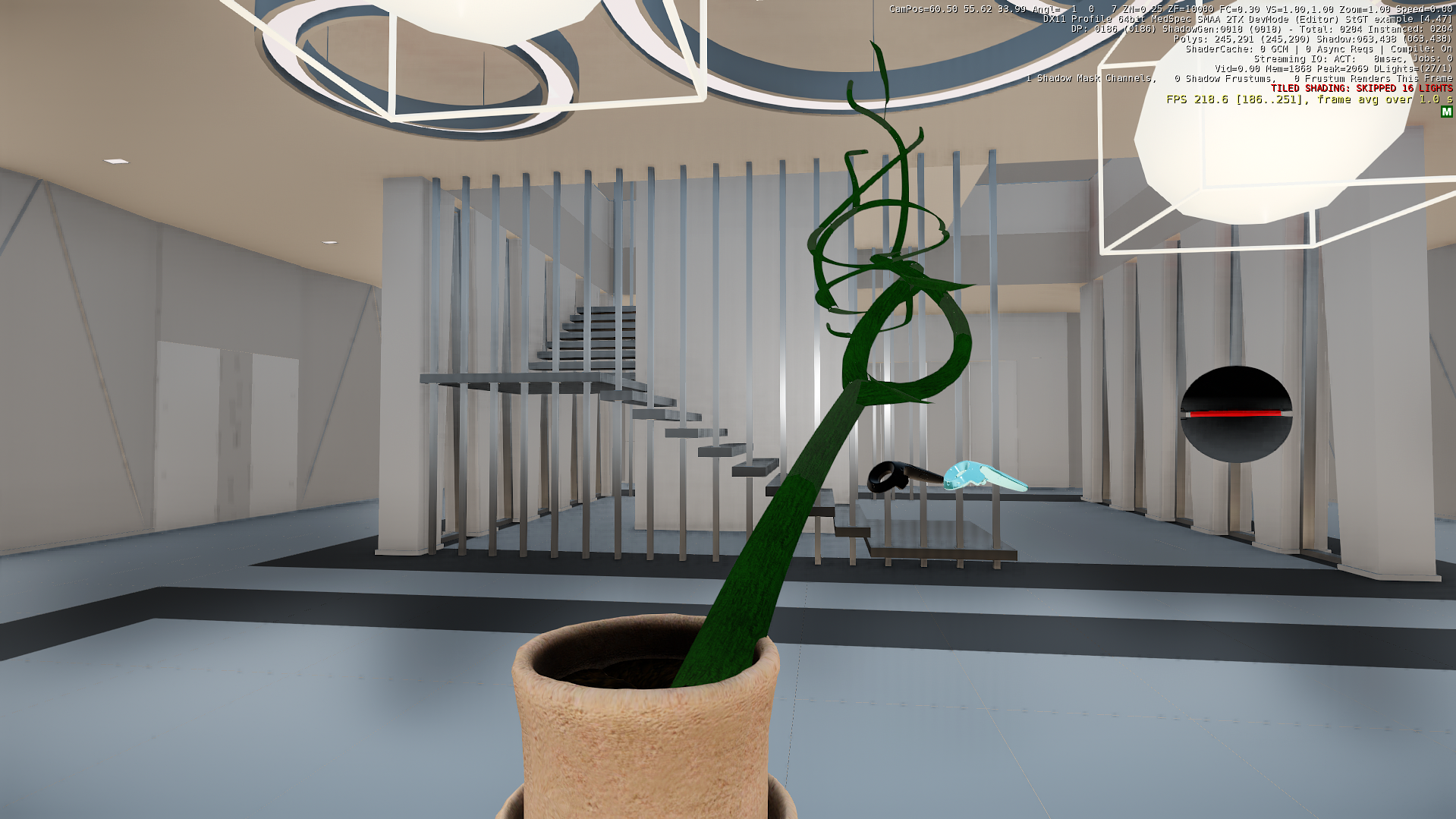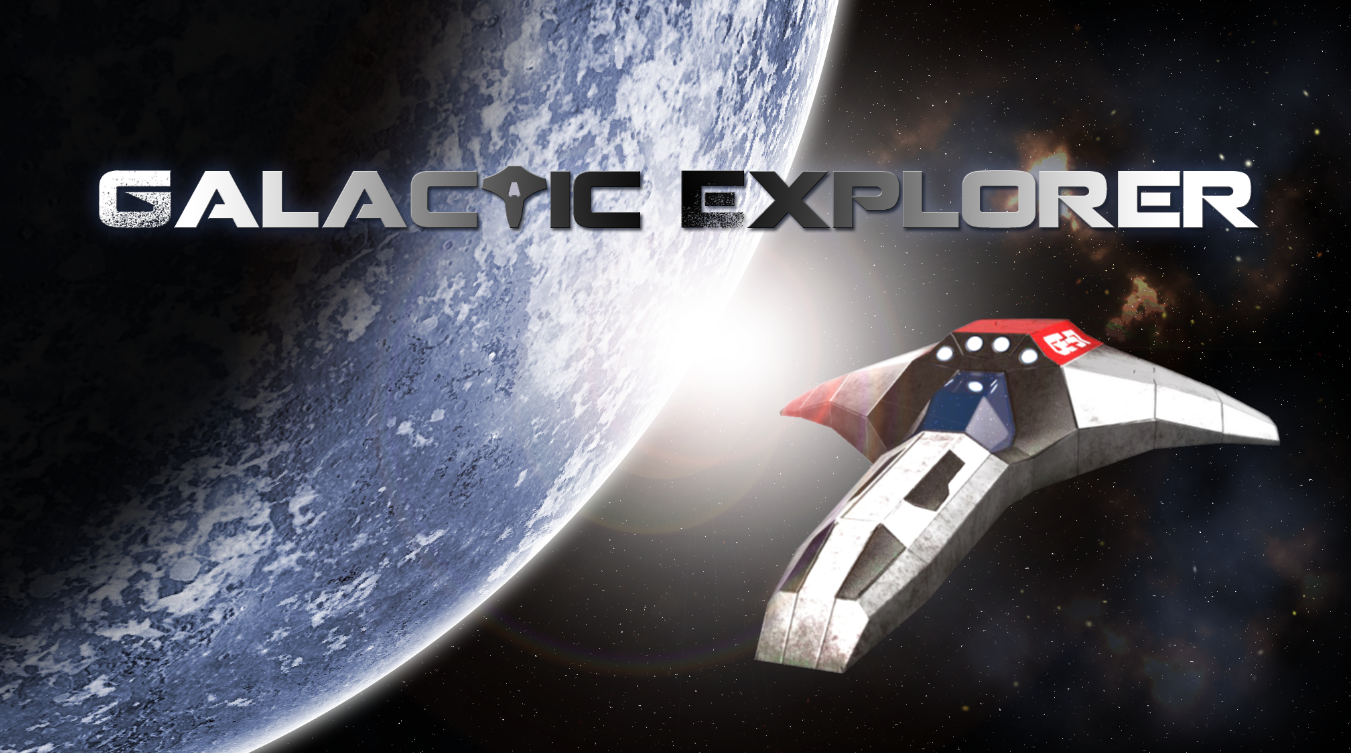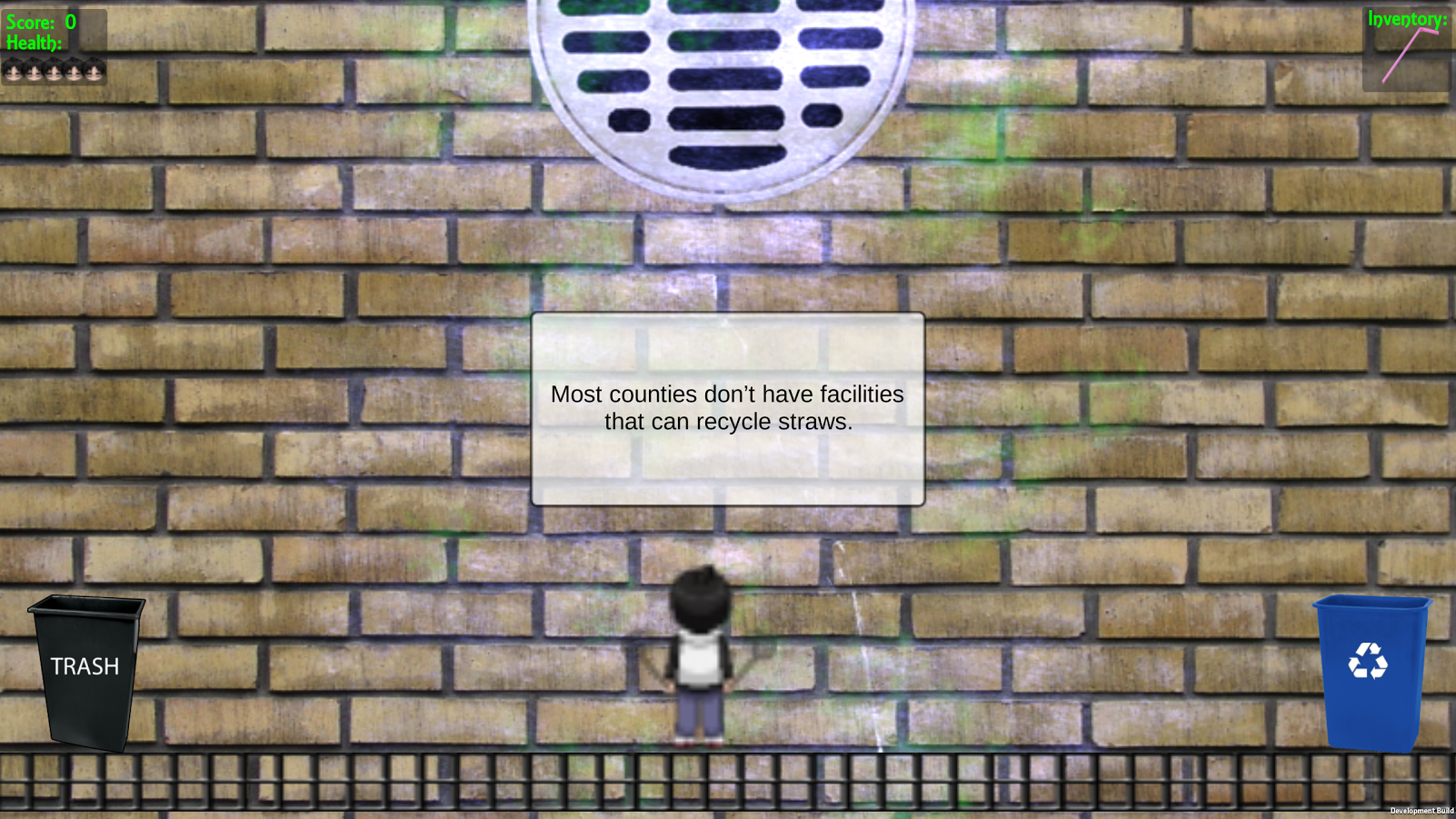CryEngine: VR Plant Growth
Flora Robotica is a 4 year project funded under the EU-Horizon 2020 Future and Emerging Technologies Proactive Action. The project runs from April 2015 – March 2019. The project’s objective is to develop and investigate closely linked symbiotic relationships between robots and natural plants and to explore the potentials of a plant-robot society able to produce architectural artifacts and living spaces.
One challenge the FloraRobotica project is facing is finding a convenient platform for plant-robot interaction simulation that would visualize the insights discovered through research. This is where the expertise of Game Research Lab comes in. Our lab’s work is a satellite project of FloraRobotica, which aims to exploit virtual reality as a simulation platform, and help architects and others set up and interact with bio-hybrid systems. Using our VR simulation, architects will be able to prototype their bio-hybrid system ideas quickly, discover new designs, or observe the results of changes over time. We are using an advanced game engine called CryEngine and an virtual reality headset (HTC Vive) to build a photorealistic simulation.
Our team includes two german professors who specialize in self-organising procedural content generation and swarm robotics. They provide advanced growth models and the expertise necessary to create realistic swarm robots. The closer our project comes to simulating reality, the more useful it will be.
Variation in plant features is influenced by many factors including ecophysiological, phenological, mophological, and ontological traits. Our project needs to be able to function in real-time in abbreviated time. Complex simulations are simplified as much as possible without altering their overall effectiveness. Flora Robotica has done impressive research regarding plant growth behavior that allows us to focus on the implementation rather than the creation of these models. Different types of generative encoding strategies have been developed over the past two decades to abstract developmental strategies towards generating both morphology and control of virtual creatures.
We are in the early stages of the project, but we have built a working prototype in CryEngine with some aspects of the advanced growth model implemented. The user can create, move and delete objects, as well as move around the scene. CryEngine is a very efficient game engine, but that power also increases the learning curve. The infrastructure of the project will allow for simple scalability as we add more advanced features. CryEngine will also allow for a more photorealistic simulation that will more accurately illustrate how a similar bio-hybrid system would look in the real world.



